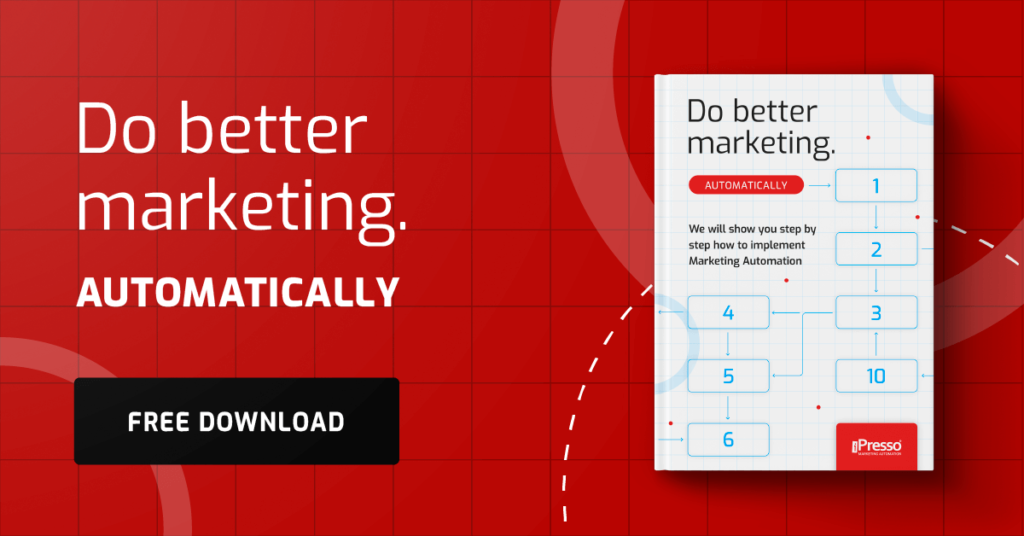What After Black Friday? The Complete Automation Playbook on How to Retain New Customers for Longer

Black Friday is the biggest annual influx of new customers. Thousands of transactions, record revenue, and an avalanche of buyers who came only for the discount. The real battle for profit only begins when the sale lights dim. How do you make sure this romance doesn’t end after “one night” and that newly acquired customers stay with you permanently? The key is smart automation, which transforms a one-off transaction into a long-term relationship.
The “One-Night Stand” Syndrome: Black Friday as a Starting Line
For many brands, Black Friday is like a one-night stand. It’s intense, emotional, and culminates in a big transaction. A customer, tempted by an aggressive discount, makes a purchase, and the store celebrates the success. Unfortunately, in most cases, this customer will disappear as quickly as they arrived.
The challenge is simple: customers came for the promotion, not for your brand. Statistically, the cost of acquiring a new customer is many times higher than the cost of retaining an existing one, and a one-time buyer is a financial loss in the long run. Therefore, true success is not the Black Friday sale itself, but securing a second, third, and every subsequent “date.”
The Mission Objective: Change a Transaction into a Relationship
After Black Friday, you possess the most valuable thing in e-commerce: the contact details of new customers, combined with information about what they bought. This is a goldmine. Instead of waiting for the customer to return on their own, we must immediately initiate smart, personalized communication. Our goal is to show them that we are more than just a discount store. We are an expert, an advisor, and a brand that offers real value.
This is the moment when automations come into play.
Automation #1: The Perfect Onboarding (The “Welcome to the Club!” Sequence)
The goal of this automation is crucial: to make an excellent first impression and showcase the brand’s value beyond the price. This is a three-stage email sequence that starts automatically after the first purchase is recorded.
- Email 1: Immediately – “Thank you for your trust! Your order is on its way.” This must be more than just an automated receipt. Add a human element. This could be a link to a short, welcome video from the company founder, a quality promise, or a quick invitation to a private Facebook group. The point is for the customer to feel like part of a community, not just an order number.
- Email 2: After 3 days – “How did you like the product? Leave a review and help others!” Asking for a review is a bullseye. Firstly, you gain valuable User-Generated Content (UGC). Secondly, you actively engage the customer in interacting with your brand. A person who has taken the time to write a review is already psychologically more committed to the store.
- Email 3: After 7 days – “We’re not just a store. See what makes us special.” This is the moment for storytelling. Tell the brand’s story, present its values (e.g., sustainability, domestic production, mission). Introduce the team. This builds emotional loyalty and answers the question: “Why should I buy from them when a competitor is cheaper?”
Automation #2: Personalization Based on Purchase
Personalization is the best way to show the customer that you are listening to them. This makes Black Friday your ally, as you know exactly what brought them to your store.
The automation should elicit the reaction: “How do they know I needed exactly that?”
- Consumer Scenario (e.g., Home Appliances): The customer bought a coffee machine.
- Automation: After 14–21 days (when they have certainly started using it), you send an email with a guide: “How to care for your coffee machine to make it last for years.” The content includes cleaning instructions and a discount code for specialized descaling agents or filters. You provide value (knowledge) and naturally suggest the next product.
- Beauty/Fashion Scenario: The customer bought a moisturizing cream.
- Automation: After 3 weeks (when the cream is in use and they are approaching the moment of seeing results), you send them an email suggesting a serum from the same line or a complementary product, such as eye cream. You frame this under the title: “Maximize your skincare results!”
Automation #3: Invitation to the Loyalty Program
The Black Friday customer has one strong motive: saving money. To retain them, you must give them a concrete, financial reason to return and not seek another one-off bargain from a competitor.
The Loyalty Program Automation is the best solution.
- Email Scenario (approx. 30 days after purchase):
“Hi [Customer Name]! As our new customer, you already have 50 points in our Loyalty Program to start with. They translate to [$5] off your next purchase. Redeem them now and join our Premium zone!”
This mechanism builds the loss aversion effect. The customer feels that if they buy elsewhere next time, they will “lose” their accumulated points. This is a simple but extremely effective reason to return. Additionally, collecting points and advancing through program tiers strengthens their attachment to the brand.
Summary
Black Friday is not the finish line; it is the starting line for your customer retention strategy. It is the cheapest way all year to acquire a new buyer, but the real and repeatable profit is hidden in what we do with them afterward. Smart email marketing automation is the tool that transforms a one-time shopping frenzy into long-term, profitable loyalty. You cannot afford to let your Black Friday customers remain just a statistic; turn them into ambassadors for your brand.


